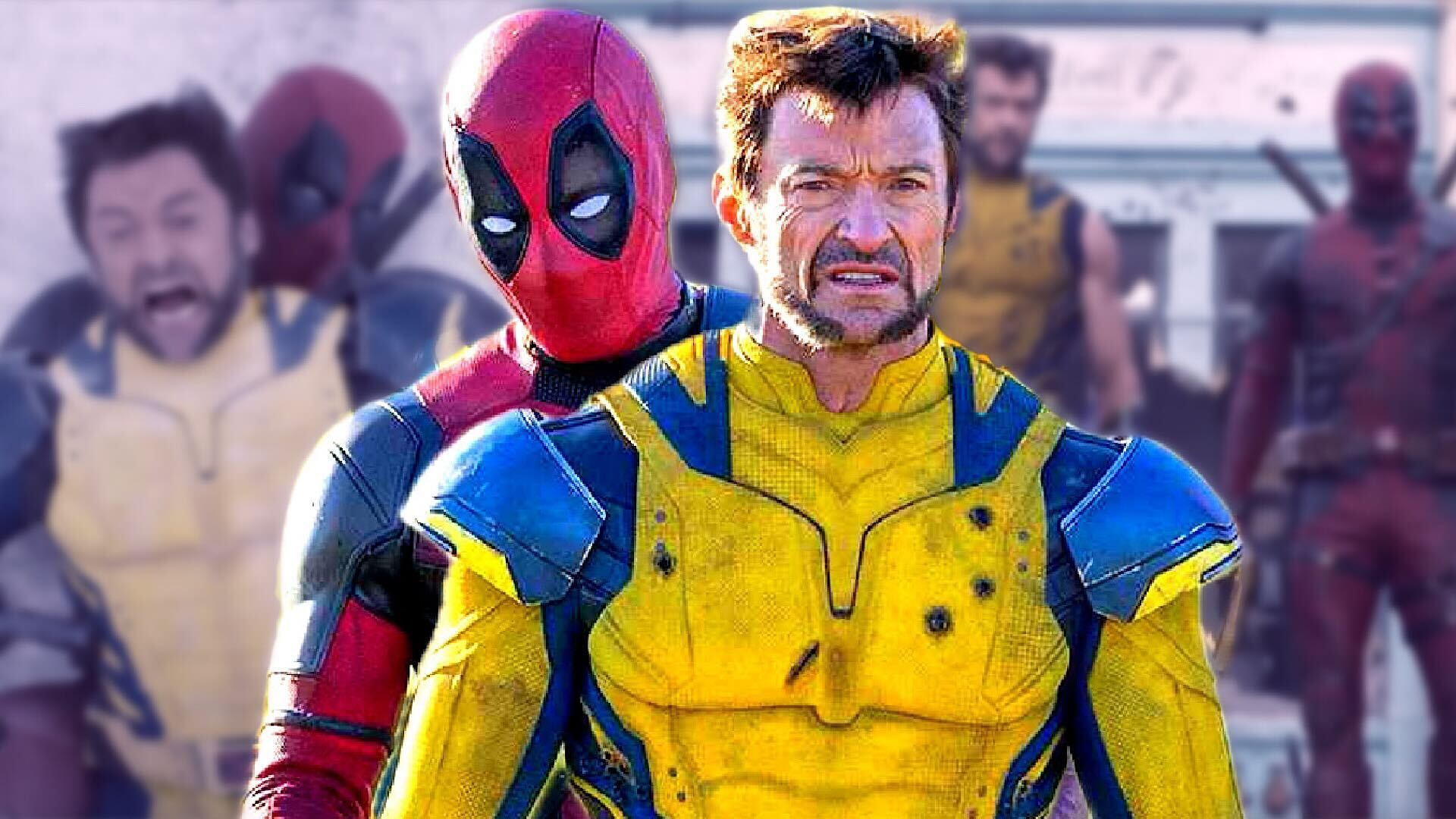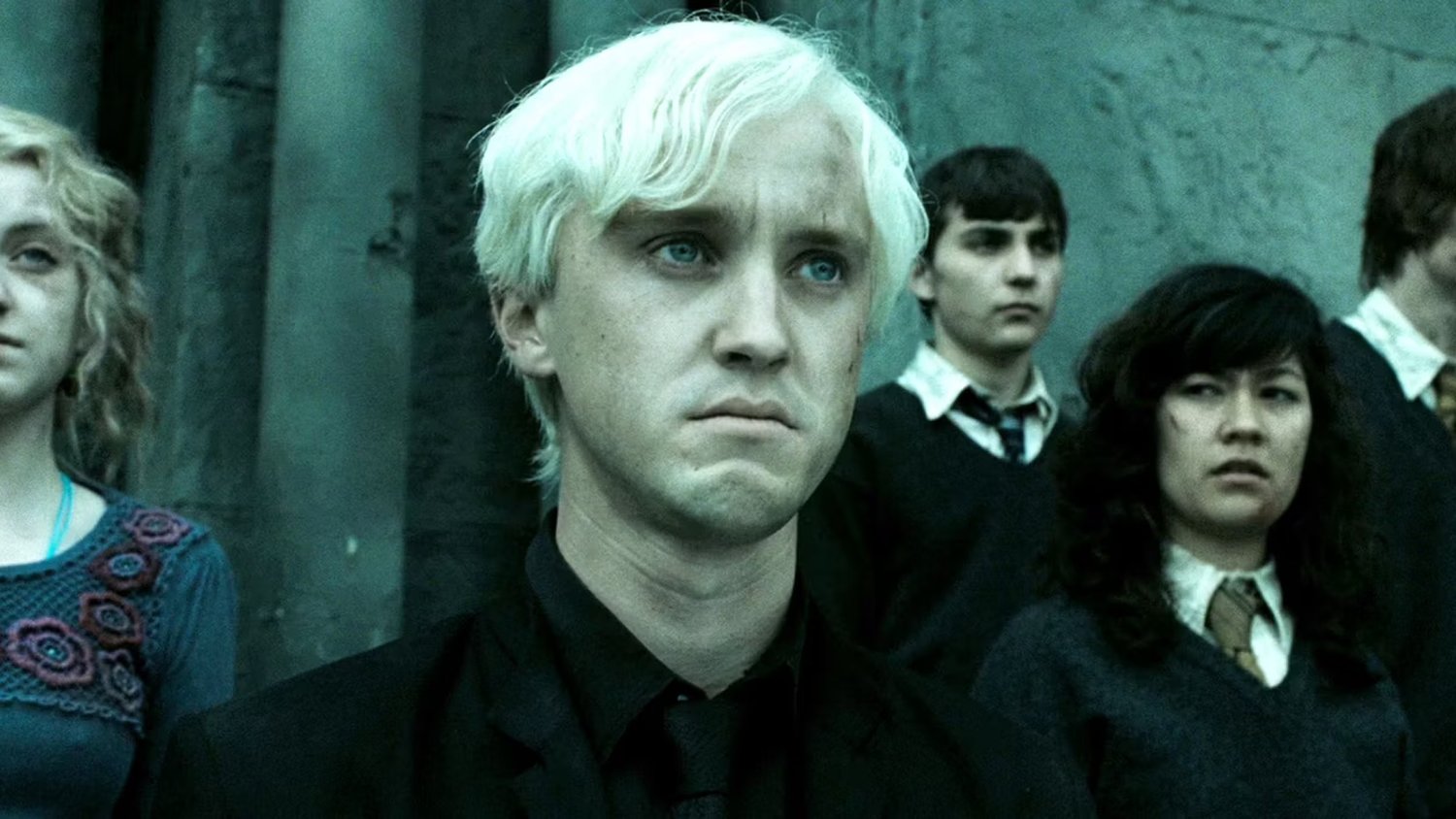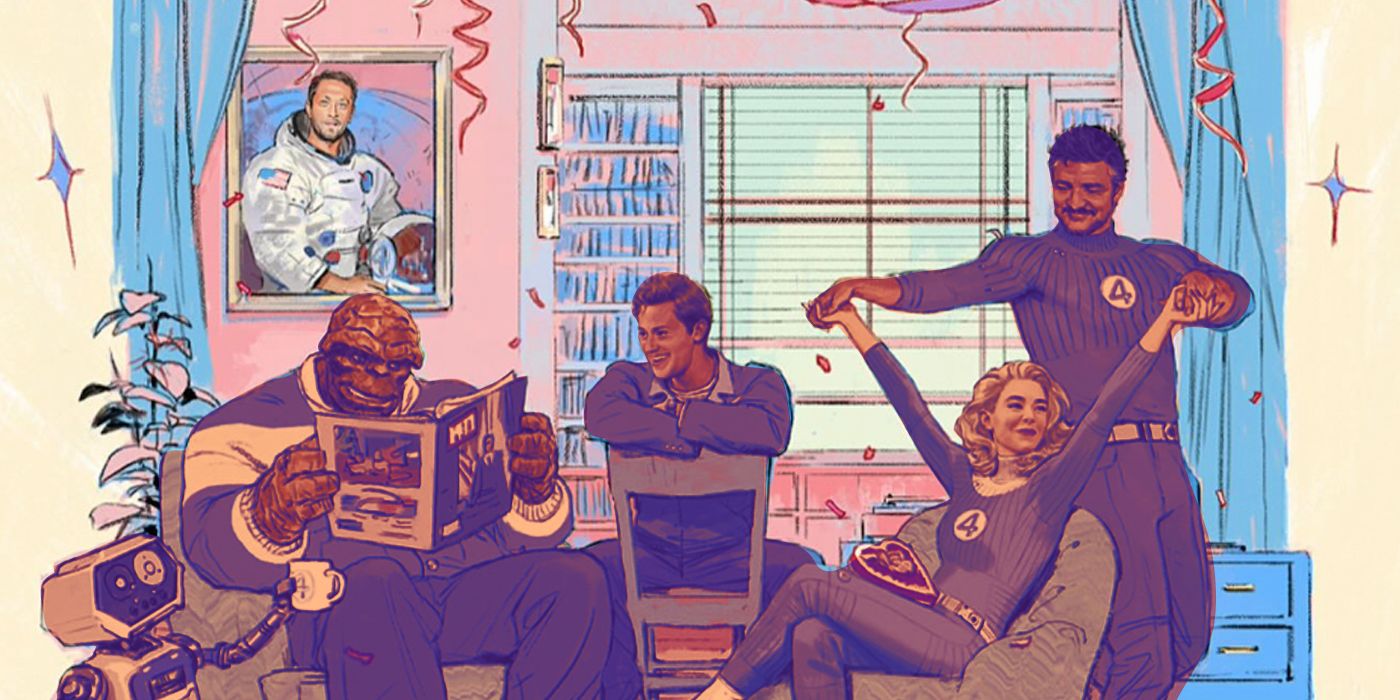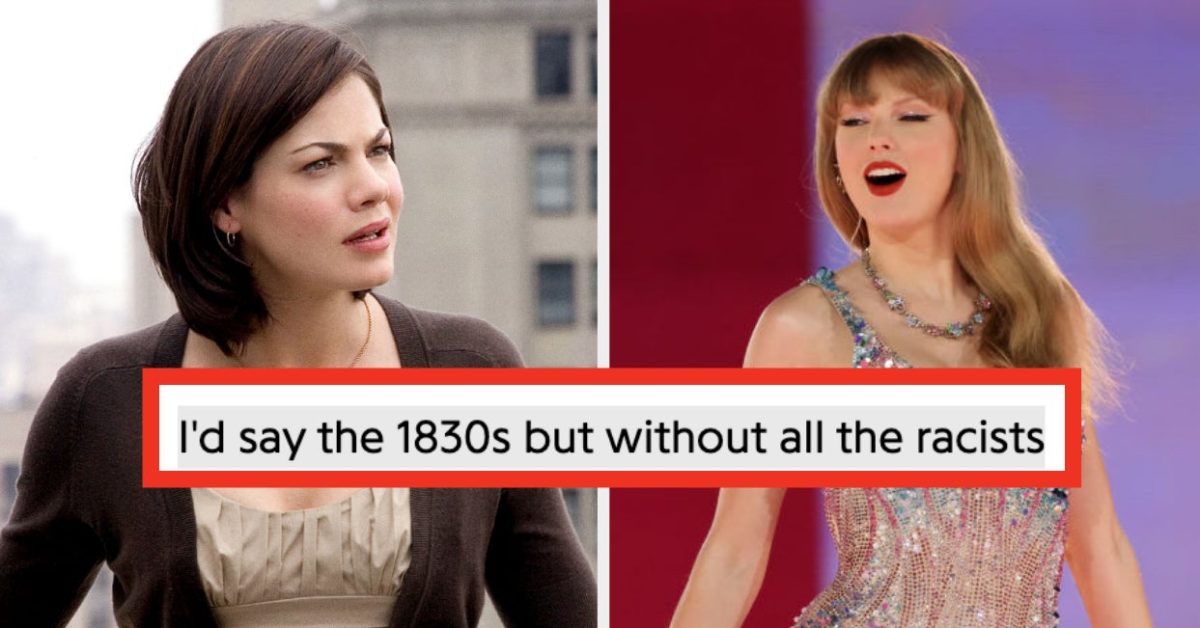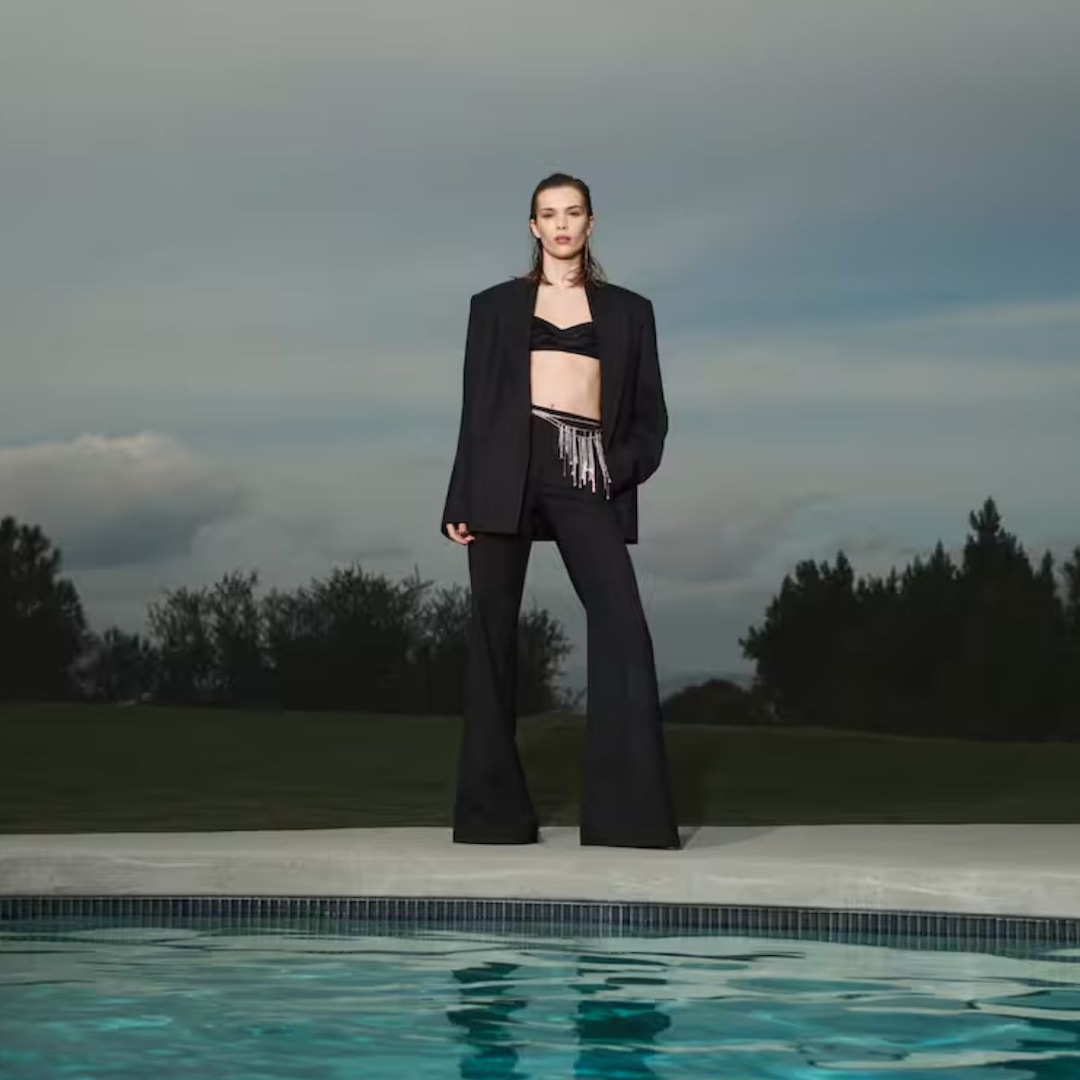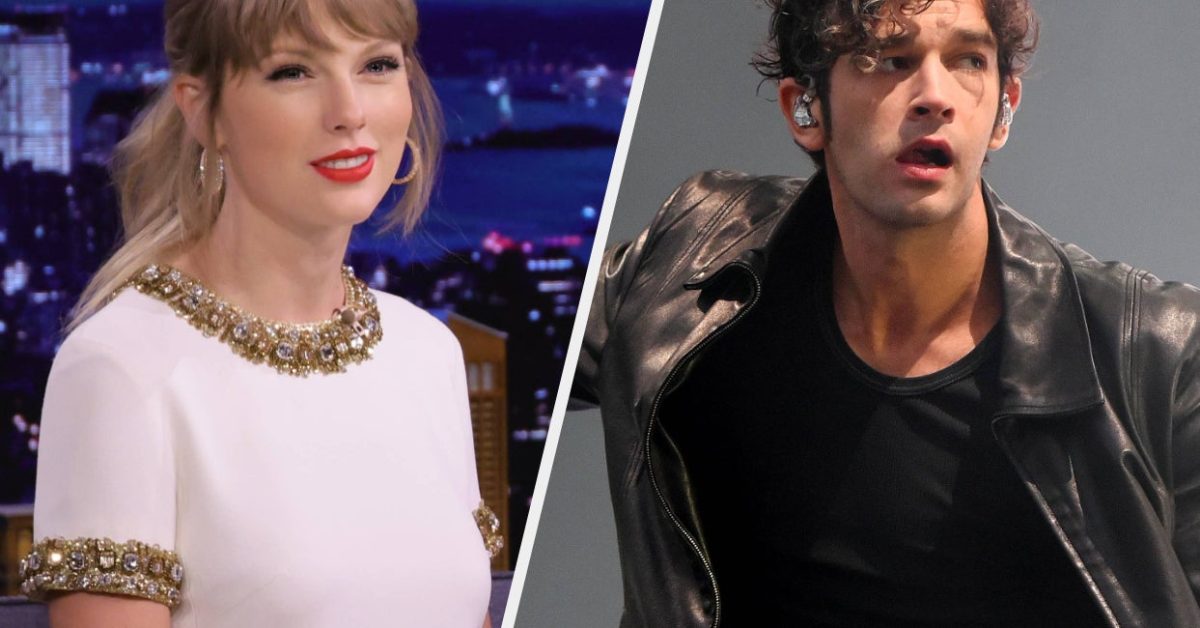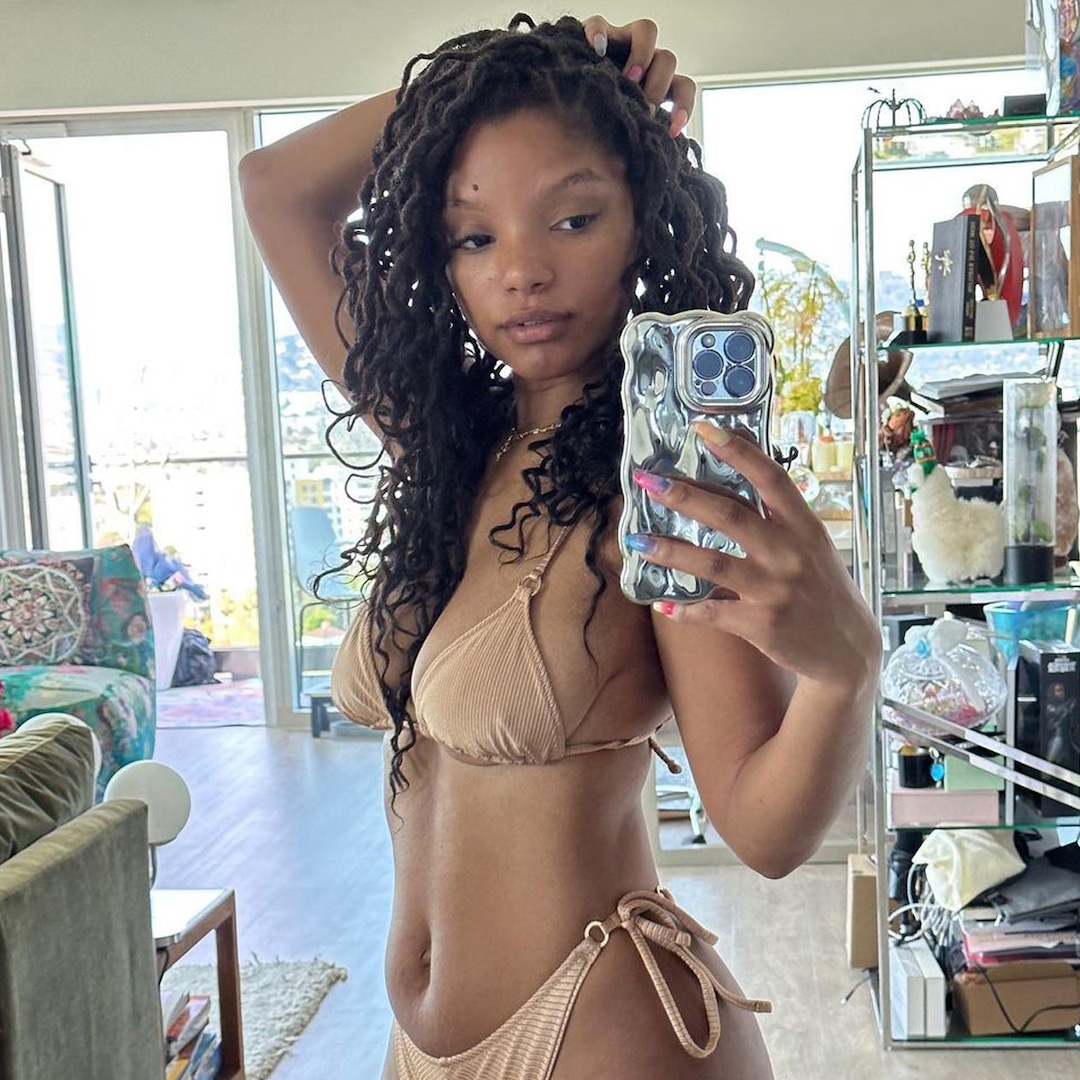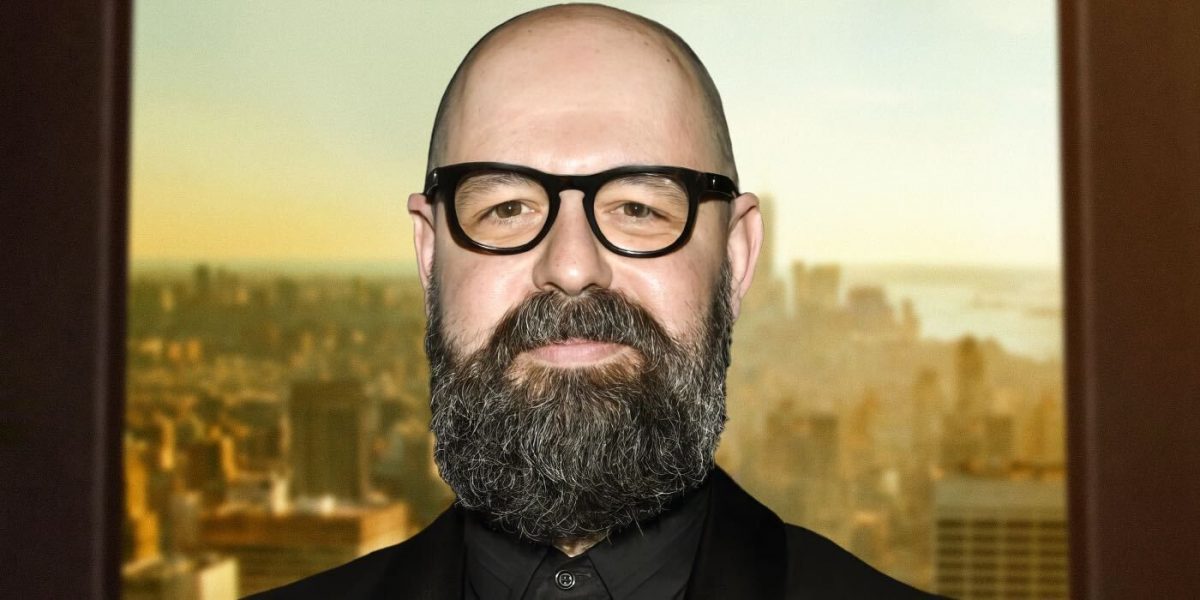
Inside Director Vasilis Katsoupis on Creating Robinson Crusoe in a Highrise
Mar 16, 2023
Have you ever wondered what the concept of Robinson Crusoe would look like in a modern Manhattan apartment? Well, wonder no more! The Willem Dafoe-led psychological horror Inside tackles that very premise when an art thief (Dafoe) gets trapped inside the home of a mark on his way out of a job. When the security system glitches Dafoe’s Nemo is trapped inside the penthouse apartment of a wealthy art collector. He waits and waits for rescue to come, but none ever does. As minutes turn to days and days turn to weeks, Nemo’s entire worldview shifts as he must do everything he can to stay alive and find a way out.
Inside is a psychological experience that pushes Nemo to the very edge of existence and engages the viewer in a dialogue that is both isolated and claustrophobic while challenging your perception of the world. I recently sat down with the film’s director Vasilis Katsoupis to discuss the unique and unsettling experience of Inside. During our conversation, we discussed the challenges of bringing the seasons and elements of survival into a Manhattan high-rise, how Katsoupis got the idea for Inside, working with Willem Dafoe, and the art commissioned specifically for the movie. With Inside being his feature film debut, Katsoupis also teased his next project—another collaboration with screenwriter Ben Hopkins.
COLLIDER VIDEO OF THE DAY
Image via Focus Features
RELATED: ‘Inside’ Review: Willem Dafoe Descends into Madness in Unnerving Exploration of Art | Berlinale 2023
COLLIDER: This film is fairly cerebral and the longer that you look at it, the more possible takeaways there are from the film, from the sort of “eat the rich” mentality to the very conceptual heaven and hell imagery and even the juxtaposition of luxury and suffering. What’s the main thing that you want people to take away from the movie?
VASILIS KATSOUPIS: As you said, it’s a very multi-layered film, and it’s designed this way. For me, I really like to engage in a dialogue with a viewer and not to dictate the viewer what to see. So I really like to leave it open, to connect the dots and make the best out of it. For me, what I really want, what I really like the viewer is to experience than just watch the film. I think that it’s this kind of personal experience and at the end of the day, I want this to stay in their mind, stay in their head for the next day and start a conversation because I think it works this way. I think there are many elements in this that you can actually talk about with another person and compare your views about it.
So watching it, I felt an extreme sense of discomfort, both in a claustrophobic sense and an empathetic sense with Nemo. You talked a little bit about wanting people to experience the film. Is that discomfort part of the intended experience?
KATSOUPIS: Not exactly, but I think there are people now because we had this lockdown during the pandemic. Even though I don’t consider my film a pandemic film, it’s something that many of us…we experience this confinement in our apartments, in our houses, in our rooms maybe, but I don’t know if it’s, of course, you can say it’s claustrophobic, but also I believe it’s liberating because this house has windows. But I don’t mean the windows as the glass windows, I think the windows are the art, the artworks, that are surrounding my character, and this is how they work. They work as the mirror, also the owner’s personality and character, but also I think they would work as a window to another state of perception, another state of looking at things.
Image via Focus Features
As you said, we do sort of relate a little bit more to Nemo having gone through lockdown, but you’ve had this idea for quite some time, even before the pandemic. Do you want to speak a bit about your journey to getting this film made?
KATSOUPIS: Okay, yeah. It’s a funny journey because I think I got this idea 11 years ago, the first time. I definitely found an email that I sent as a brief timeline to some friends, talking about this idea from 2011. So I didn’t remember it to be that old. It came, the idea, from a trip to New York that, for me, looking at these buildings was something that amazed me. But also it came to my mind, but if something wrong happens when you are stuck in the top of this building, so how will you survive? So wow, that was the first read of the idea. Then it came to me that, okay, it might be a nice way to look at the premise of Robinson Crusoe, and see how I can take this premise and put it in the middle of a metropolis with everything around, there’s life around from my heroes. He’s locked in, trapped in a place, but he can see people around, but nobody comes to help him.
And then I had this idea because I knew that this idea I had it in my mind that I was calling it, the Hollywood idea. Every time I was talking to my friends, I would say, “Oh, I had a Hollywood idea” because I knew it was impossible to make it in Greece. And most of the Greek films are very low-budget, micro-budget, I would say. So it came in 2016.
Before that, I made my documentary, My Friend Larry Gus, and there is a Greek film festival in LA, that they wanted to show My Friend Larry Gus. And also they had this Discovery Days program where they choose the big five ideas, treatments for pitching, and they help you to pitch the idea. So I asked for my producer, Giorgos, and I told him, “Look, I have this. Let me write this, and we can, if they like it, if they take it, we will pitch it.” So we got it. They accepted our treatment and that was the time that we saw that it came to that people got engaged with this idea and they liked this idea.
So, the process afterward was that I didn’t want to write it as a script. I really wanted a really good screenwriter too, because I really believe that everyone should be an expert in their craftsmanship. I’m not this kind of director, they want to do it all. I really wanted only to direct and to have the collaboration with many brilliant other creators.
And this is how we worked on Inside as well. So Giorgos got in touch with this amazing and brilliant scriptwriter, Ben Hopkins. We talked about the idea. We talked about the treatment that he wrote, it’s a beautiful script. Then, it got financed, and then we talked with Willem. Willem liked the script and liked the presentation that we did for him. He got on board and the rest is history.
Despite being in just one location for the majority of the film, there’s a lot going on, in Inside from the sort of rainstorm when he sets the fire alarm off to the ever-developing art on the walls and all the structures he builds to try and escape. What was the most difficult technical aspect of making the movie?
KATSOUPIS: I think what I really wanted to do in the film, I wanted to, as I said before, it’s the premise of Robinson Crusoe. And Robinson Crusoe, well, being a castaway you had all these natural elements, so I really wanted to put the changing of seasons inside the house. So that’s why we have the hot, the warm season. You have the cold season. You have the rainy season inside, even the autumn season when he’s shaking the leaves. So I really wanted to take these outdoor elements and put them also inside the house. I think the most difficult aspect, there were many, but the most difficult was the scene with the sprinklers—we had to waterproof the whole set.
The set [was] on the top of a two-meter platform. Beneath the platform, there were the projectors that were projecting the skyline of New York. That was another big difficult element, a technical element of the film because what you see, you had a screen, a huge and an enormous gigantic screen projection of the skyline because I really wanted not to have a green screen. I really wanted to make the best possible environment for my actor to give me the best performance and feel very, in a natural and organic place.
Image via Focus Features
So there’s obviously a lot of art in this film, and you even had some pieces commissioned specifically for it. Do you want to speak about those pieces in particular?
KATSOUPIS: Yes. Leonardo Bigazzi, the curator, we are maybe one of the very rare films that an art expert, an art director is part, the main part of the creative crew. We commissioned some artwork. The first artwork that we commissioned was the artwork of the portrait of the owner. That it is in the middle of a huge orgy in Japanese style. That was made by one of our most celebrated Greek artists Stephanos Rokos, and I was very happy when we pitched the idea and he said, “Yes guys, I’m going to make an artwork for your film.” We felt very happy. And then, the master of the masters, Francisco Clemente, he made this watercolor painting just for our film. I feel extremely honored. I feel extremely lucky to have this amazing artist that he was so generous to make an artwork just for our film.
And then the collection was handpicked by Leonardo. He studied the script and we talked about the personality of the owner. So he built a very legit collection. And that was something that from the beginning of the project, I was afraid of. I really wanted it to be a [legitimate] collection and not some knockoffs or lookalikes.
Because if it was like that, I was afraid that there will be a backlash from the art world. So that was something that I think we achieved in a fantastic way. And I don’t know, it was a great experience to have all this artwork from some big artists in our set and every day being surrounded by them. And I was like, wow.
You could definitely sense the amount of care that went into this project. With this being your first feature film, are there any new projects on the horizon for you or plans that you have to do next?
KATSOUPIS: Yes, there are plans, of course. We are developing a new film, again with Giorgos Karnavas, my producer and co-creator and co-conspirator, and partner in crime. And also with the same screenwriter Ben Hopkins, we are starting writing very soon. It’ll be a completely different film. Again, an English-speaking film. So this is the most I can say about it at the moment.
Inside comes to theaters on March 17, but you can get your tickets now.
Publisher: Source link
Taylor Swift Lyrics About 1830s Has People Really Confused
taylor swift: the old world was misogynistic and racist, but people are blinded by aesthetics and nostalgia. in reality i would’ve hated being theretwitter users: she’s racist— who’s afraid of little old elin? (@tsignelin) April 19, 2024 Disclaimer: This story…
Apr 24, 2024
Victoria Beckham’s New Collaboration With Mango Is as Posh as It Gets
We independently selected these deals and products because we love them, and we think you might like them at these prices. E! has affiliate relationships, so we may get a commission if you purchase something through our links. Items are…
Apr 24, 2024
Taylor Swift Appears To Slam Fans Who Condemned Matty Healy Relationship
In Feb. 2023, Matty sparked further backlash during an appearance on The Adam Friedland Show podcast, during which he laughed while rapper Ice Spice was referred to as a “chubby Chinese lady” and “a fucking Eskimo.” A range of accents…
Apr 23, 2024
Halle Bailey Says She's Suffering From "Severe" Postpartum Depression
Halle Bailey's postpartum struggles have come in waves. The Little Mermaid actress opened up about the mental health challenges she's faced as a new mom since welcoming her baby boy Halo with... Disclaimer: This story is auto-aggregated by a computer program and has not been created…
Apr 23, 2024
